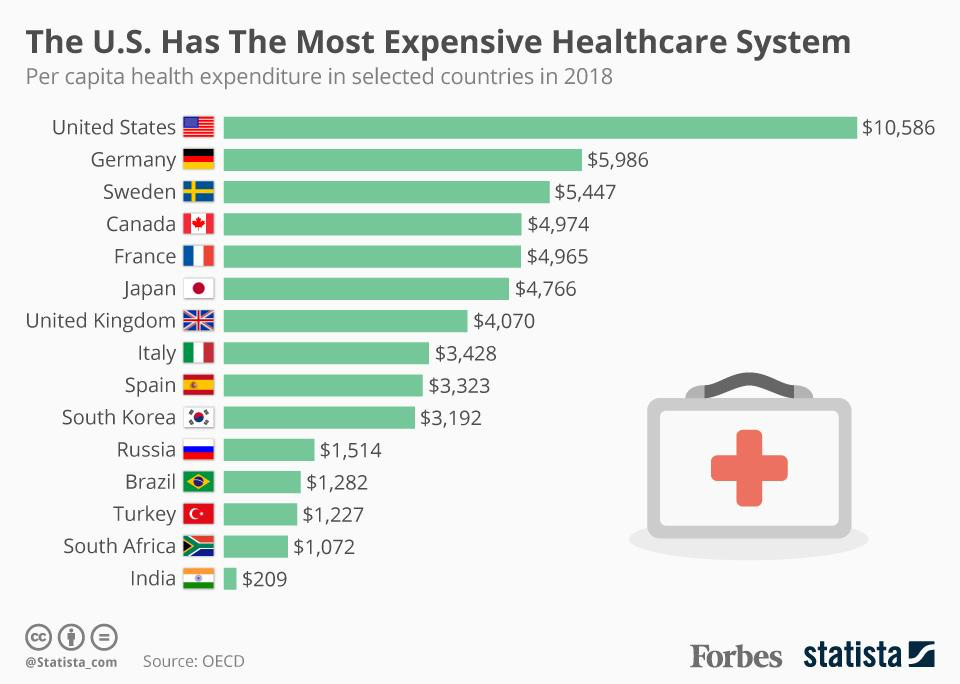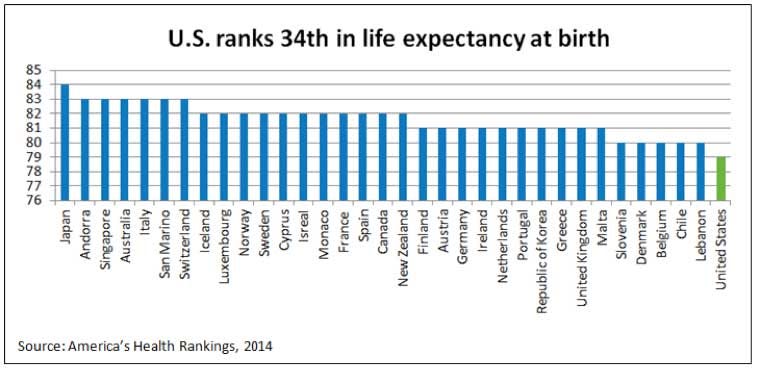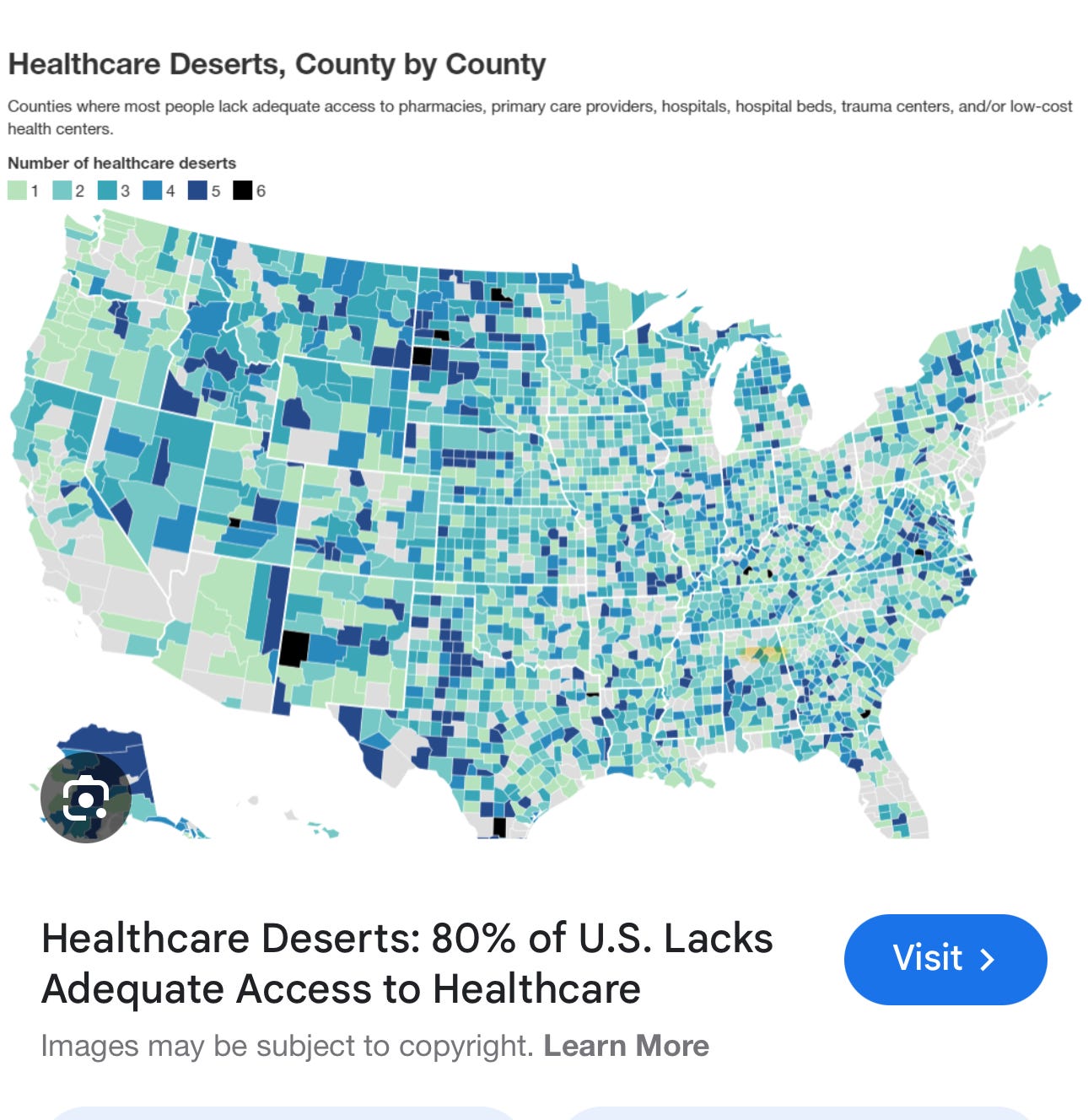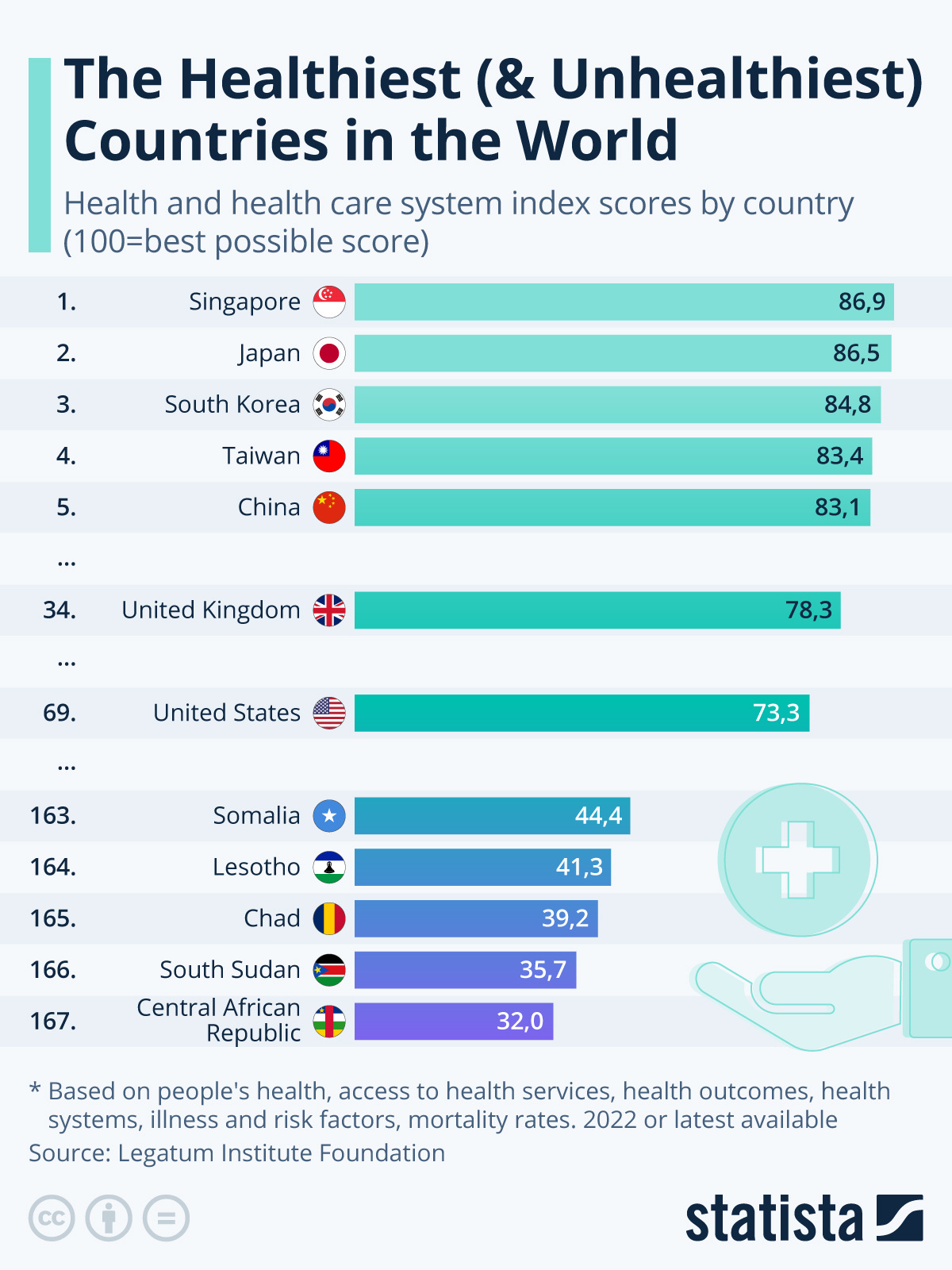Curing Healthcare with Public Competition
Our healthcare system has a fever, and the only thing that can cure it is more cow bell.
Happy Saturday, everybody.
And thank you. To the 128,000 of you who subscribe and the tens of thousands who open this every week, you make this work possible.
For a while now, I’ve been making the case for public competition—using our collective power to build public alternatives that discipline the rigged markets taking bigger and bigger chunks of our paychecks. This isn't a foreign concept; it's a core American tradition. We built the post office to ensure every community was connected. We built the TVA to bring power to forgotten valleys. We built the interstate system to tie a continent together.
This essay applies that tradition to the most broken market of all: healthcare. It's about finishing the work we started over a century ago to build a system of healthcare abundance for every American family. We'll explore how it would work, what it would look like, what it would save, and how we could reinvest those savings into a healthier nation.
Buuuuut, “How are we going to pay for it?!?!?!”
We already are. We’re paying a Ferrari price for a Ford Fiesta system.
But looking at the skyrocketing costs of our current system—a system that is bankrupting our families and our country with no end in sight—the real, common-sense question is, how can we afford not to? How can we afford not to have public hospitals, clinics, and pharmaceutical manufacturing when the private, for-profit model is bleeding us dry?
It's time to envision the alternative again. Imagine hospitals and clinics as plentiful and accessible as post offices, in every county and every town. Imagine a system with so many healthcare workers that home visits become a normal part of care again. Picture a world where doctors have enough time to truly know their patients, guiding them toward long-term health instead of just intervening during catastrophes. This is the abundance we can choose to build.
The Diagnosis: Three Weapons of Extraction
The healthcare crisis isn’t an accident; it’s a design. The “system” is actually three interlocking monopolies, each a weapon of extraction pointed at the heart of the American family.
Weapon #1: The Insurance Racket. We’ve built the world’s most expensive middleman. Private health insurers operate with a 12-18% overhead, while traditional Medicare runs on just 2-5%. That gap is pure extraction, a tax no one voted for. It’s why the average family premium for employer coverage exploded from $6,348 in 2000 to $22,463 in 2022, while wages flatlined. This administrative war forces hospitals to waste one-quarter of their entire budgets on billing, not healing.
Weapon #2: The Capacity Collapse. The market has failed to provide the actual service of healthcare. We live in a nation of healthcare deserts, with research showing 80% of U.S. counties have inadequate access to at least one core medical service, affecting 120 million people. More than 100 rural hospitals have closed in the last decade, and recent reports show another 432 are at risk. To make it worse, the AAMC projects a physician shortfall of up to 124,000 by 2034. This isn’t simply market failure; it’s a deliberate strategy of creating scarcity to drive up prices.
Weapon #3: The Pharmacy Casino. The pharmaceutical industry is the ultimate rigged game. We, the public, fund the risky, foundational research through the National Institutes of Health. We proved with Operation Warp Speed we can manage development at a historic pace. We do the work, and then a private monopoly takes the patent and practices extortion, charging $300 for a vial of insulin that costs about $3 to make. Because of this, at least 1.3 million Americans are forced to ration insulin—a medication discovered in 1922 and sold for $1 by its inventors who said “insulin belongs to the world.”
The False Promise of MAGA “Building”
Now, you might think the Trump administration gets this. After all, they’re taking public stakes in Intel, profit shares from NVIDIA and AMD, and a golden share in US Steel. Even conservative economist Oren Cass recently wrote that Trump needs to move past demolition to actual construction, asking “Can he and his administration move past the demolition, clear the debris and, well, build back better?”
But here’s the thing: MAGA talks about building, but they’re only interested in building walls and demolishing institutions. They’re not building the public alternatives that would actually discipline these extractive markets. They’ll take a stake in a semiconductor company because it serves their China strategy, but they won’t build public hospitals or manufacture public pharmaceuticals because that would threaten their donors in the healthcare extraction industry.
Real building means public competition. It means giving working families alternatives to the rigged game. MAGA wants to tear down the old system without replacing it with anything that actually serves regular people.
The Blueprint: Reclaiming Our Heritage as Builders
The establishment says this is too complex, that we can’t do big things anymore. That’s a lie designed to protect the grift. The blueprint for fixing this is woven directly into our own American history.
We know how to build. After World War II, this country passed the Hill-Burton Act, a massive public works program that funded 6,800 hospitals and clinics. The VA built dozens more. We didn’t wait for a private equity firm to find it profitable to build a hospital in rural Tennessee; we identified a national need and met it with a national commitment. That was the America that builds.
We know how to mobilize. When people ask “Who will staff these new clinics?” we point them to the Arsenal of Democracy. During WWII, we trained 30% of our workforce in two years. We launched the U.S. Cadet Nurse Corps that trained 124,000 nurses in accelerated programs, providing 80% of nursing care in American hospitals by 1945. We can launch a new American Skills Act for healthcare, training a million nurses, doctors, and technicians—debt-free—in exchange for public service.
This isn’t a radical imported European idea.
This is America.
The Prescription: Public Competition to Break the Cartels
Our strategy is public competition. We will not abolish private markets; we will discipline them with the one force they can’t buy: We the People, as a direct competitor.
Public Providers to Rebuild Capacity. We launch a national buildout, finishing the work started by Hill-Burton. We buy the failing hospitals before private equity can strip them for parts and run them as public utilities. We found a federally managed US Medical Professional training program to flood the healthcare deserts with essential services. We already have successful, American-made models: NYC Health + Hospitals serves 1.4 million New Yorkers annually with a “no one turned away” policy, and the VA operates 170 medical centers serving 9.1 million veterans.
A Public Pharmacy to End Price Gouging. We begin the public manufacturing of essential medicines like antibiotics, cancer therapies, and insulin. This isn't theoretical; it's already happening. California’s CalRx initiative will produce insulin at $30 per vial versus the current $300+ retail price—a 90% reduction. This breaks the monopolies and creates a “public reference price” based on the true cost of production, forcing the entire industry to compete honestly.
Competition to Keep Them Honest. A public system of providers and pharmacies creates a true price benchmark. It disciplines the private market, just like in Chattanooga, where the city’s public fiber broadband generated $2.7 billion in community benefits over 10 years and forced Comcast to lower prices and improve service. This is how we escape the co-optation trap; we don’t just regulate the rigged game, we build a better one next door.
The Bottom Line: We Already Pay For It
When the status quo fans scream, “How will we pay for it?”—we tell them the truth:
We are already paying for it. We’re just getting robbed.
We spent $4.9 trillion on this extractive system in 2023. According to CMS, we are on a path to spend $8.6 trillion a year by 2033—nearly $73 trillion over the next decade. Meanwhile, peer nations spend half as much per capita while achieving better outcomes. The money is there. The Builder’s Contract simply redirects the trillions we waste on administrative bloat and monopoly profits and invests it in actual care, tangible clinics, and American jobs.
Look at the evidence: The Congressional Budget Office projects single-payer would save $42-743 billion annually just from administrative efficiencies. Countries with public healthcare delivery systems achieve 2-4% administrative costs versus our current 8.3%. That’s not theory—that’s what our neighbors achieve today.
From Demolition to Real Construction
In his recent NYT opinion piece, Oren Cass got one thing right: “Only the developer who follows demolition by laying new foundations and starting construction is remembered fondly when he is gone.” But Trumps’s idea of construction is more tax cuts for the wealthy and more give aways for their donors.
Real construction means reviving our heritage of building public alternatives. It means public hospitals that can’t be stripped by private equity. Public pharmaceutical manufacturing that sells insulin at cost. A public health insurance option that operates with Medicare’s 2% overhead instead of private insurance’s 18% waste.
This isn’t a messaging problem. It’s a capacity problem and a market-power problem. People are angry because they know the game is rigged. They are ready for a real, American alternative to a broken status quo and an authoritarian strongman who offers demolition without construction.
Fixing healthcare is the beachhead. It’s proof that a democracy that builds can deliver a better life. It’s the first, most powerful act in a revolution of construction that puts working families first.
The evidence is overwhelming. The models exist. The money is already being spent. Can we build a government strong enough to compete with these extractive monopolies that rob us blind?
Demolition vs. Construction. Their way vs. ours.







It would be one thing if all that cost bought a decent standard of living for industry employees and their families rather than going mostly to make a handful of wealthy execs and investors even more obscenely rich. But the insurance industry is notoriously miserly and demanding of the people who work there, at least the ones who don’t sit in c-suites.
Thank you! This is a great template for rebuilding America!